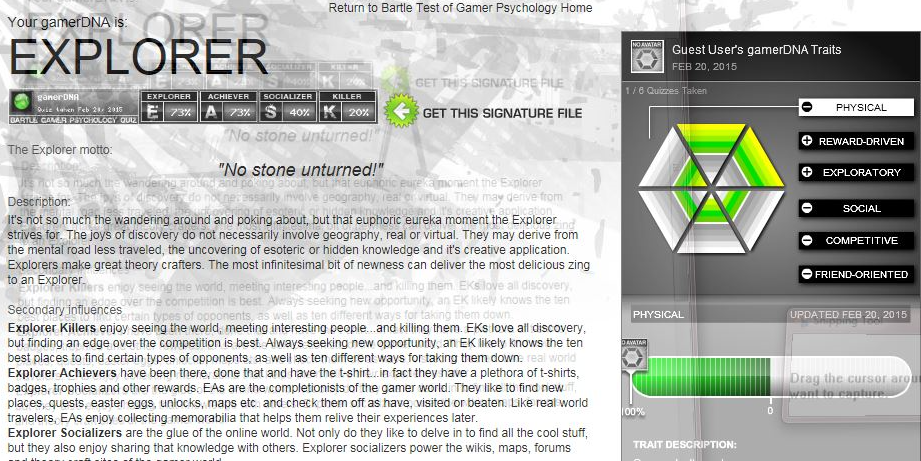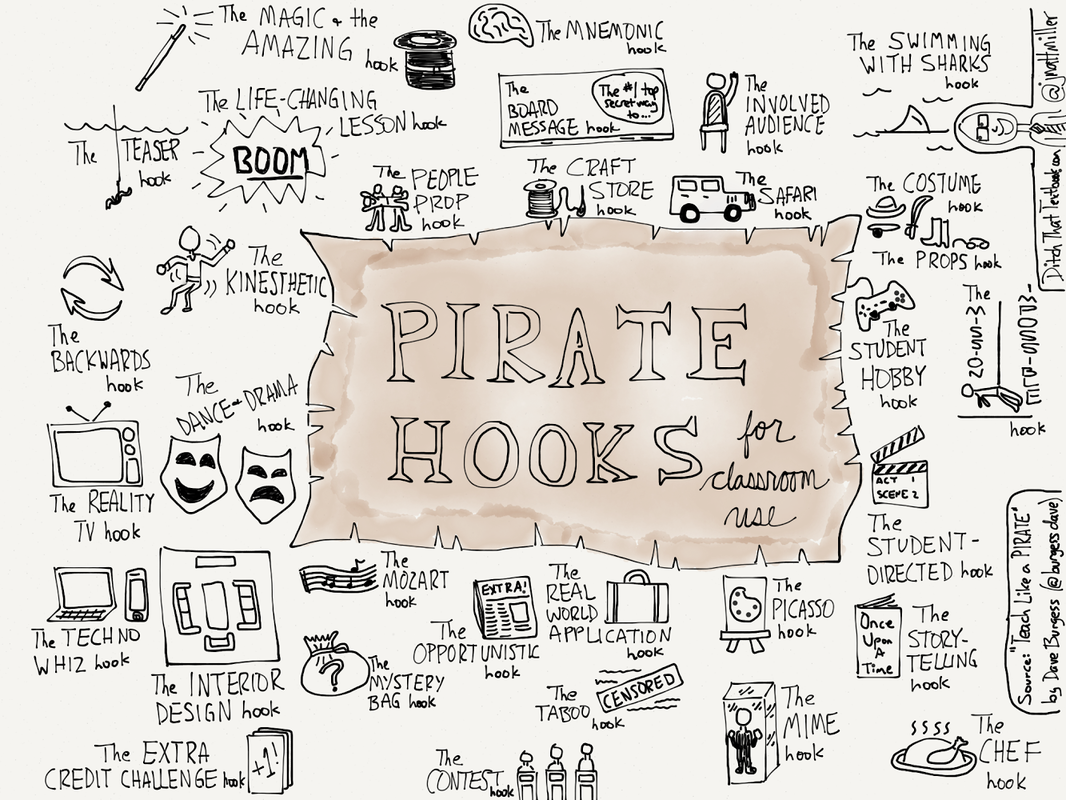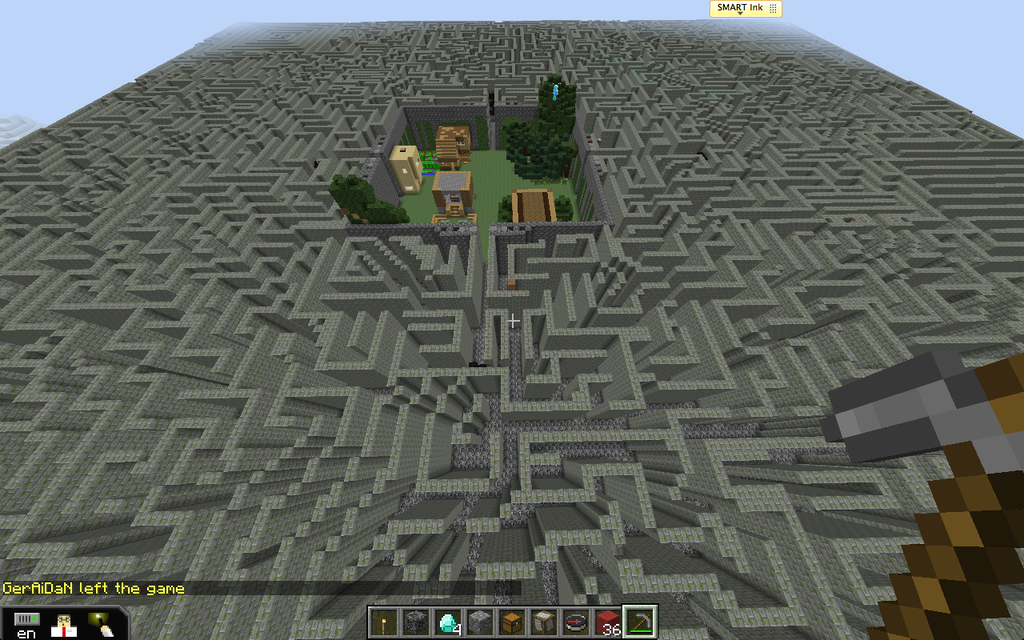|
This week the essential question was about play and how play helps people embrace change. Play helps us face new challenges in our life. People often think of play as an early childhood activity with no purpose. We learned this week that play has a purpose and is not limited to childhood but can be found in all stages of life.
The week I received confirmation that I will be presenting at the Alaska Math and Science Conference that will be held in Sitka. I will be presenting on how to make math irresistible with game-based learning. I will be focusing on using Minecraft to teach math concepts and skills. I am still unsure how I am going to fit this into my already busy, busy life but I feel it is important to share what others have taken the time to teach me. I am motivated to get others excited about game-based learning. Last week alone I met with 3 teachers who want to learn about MinecraftEdu. I also met with a teacher from another school about incorporating programing into our classrooms. People see the students in my class excited about learning in Minecraft and it is catching peoples’ attention. In my mentorship project this week, my mentee and I brainstormed more about the cool project that she will be doing with her class that combines play and learning. It is going to be such a powerful way to teach about the Klondike. My challenge right now is to make sure I’m helping and not taking it over (its just so cool I just want to jump in and do it too). Another piece of exciting news regarding play this week – this summer I connected through Twitter with a teacher in the Midwest who teaches high school English. She and I share ideas and information about making and various tech ed related things. Several weeks ago she asked me how I use my Makey Makey. Sadly I told her that I hadn’t used it in class yet. She totally inspired me this week she used and presented on using a Makey Makey as an exit ticket. I was so proud and inspired when I saw her project had been retweeted by Makey Makey. Her project was an awesome way to incorporate play.
0 Comments
Essential Question: |
AuthorWrite something about yourself. No need to be fancy, just an overview. Archives
December 2015
Categories
All
|



 RSS Feed
RSS Feed
